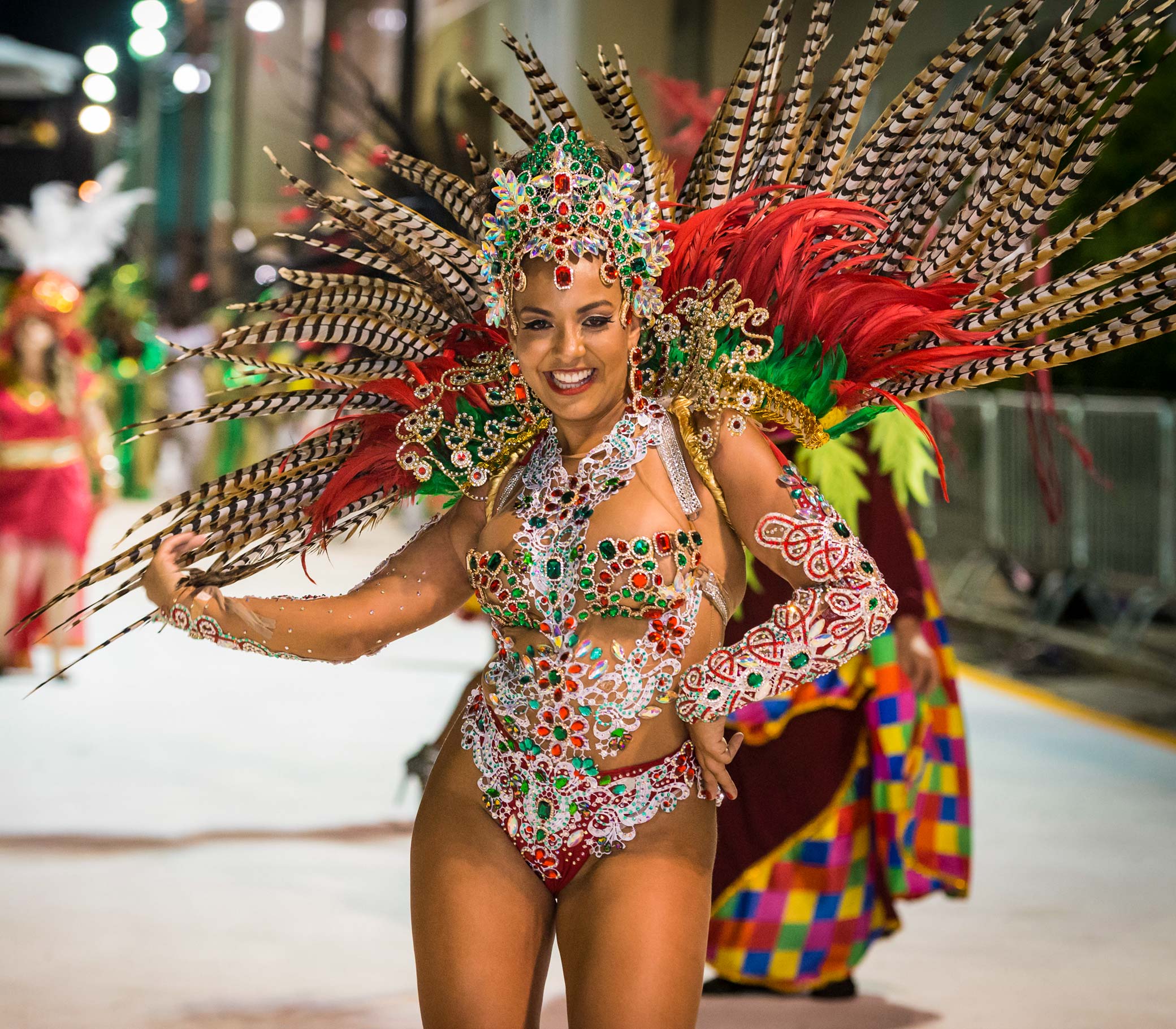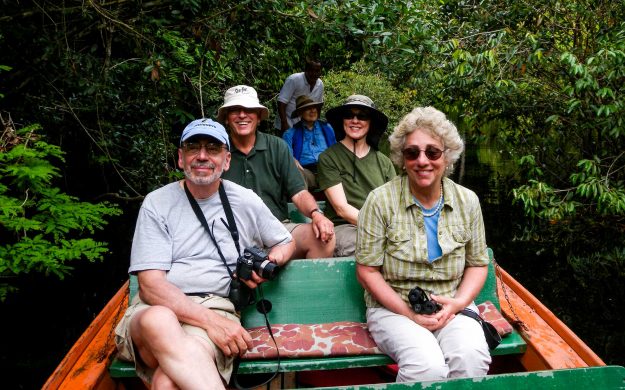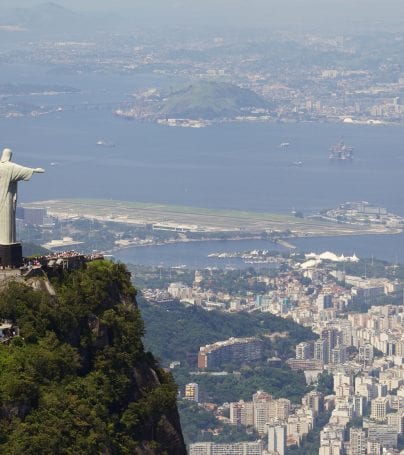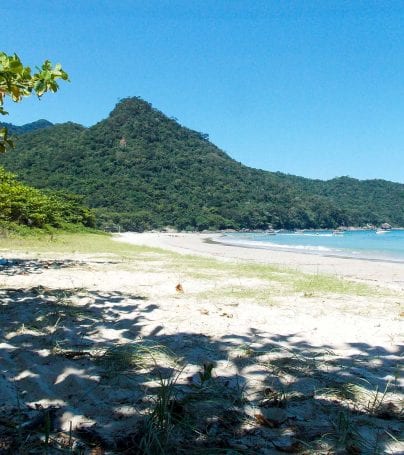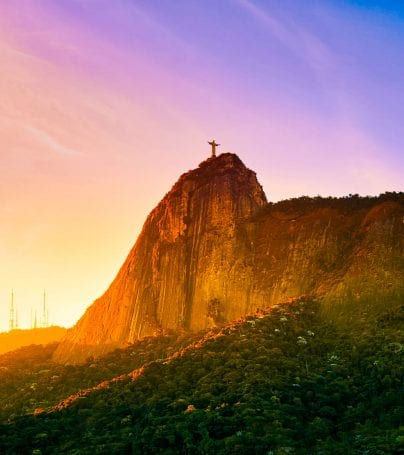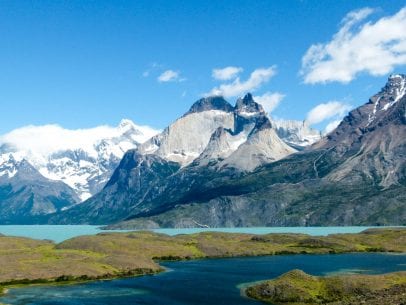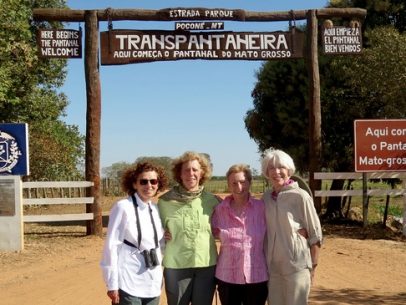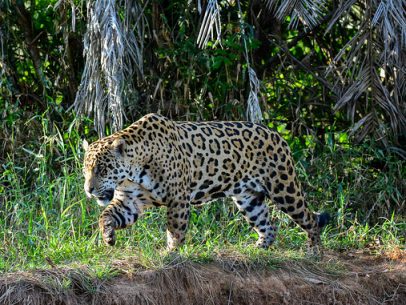Rio de Janeiro Adventure Tours
Rio de Janeiro, Portuguese for River of January, is the name of both a state and a city in southeastern Brazil. The city was the capital of Brazil (1763-1960) and of the Portuguese Empire (1808-1821). Commonly known as just Rio (particularly in English), the city is also nicknamed A Cidade Maravilhosa – “The Marvelous City.” It is famous for its spectacular natural setting, its Carnival celebrations, samba, and other music, hotel-lined tourist beaches, such as Copacabana, Ipanema, and Leblon, pavements decorated with black and cream swirl pattern mosaics, and the easygoing lifestyle of its inhabitants. Some of the most famous local landmarks in addition to the beaches include the giant statue of Jesus, known as Christ the Redeemer (“Cristo Redentor”) atop Corcovado mountain, Sugarloaf Mountain with its cable car, the Sambódromo, a giant permanent parade stand used during Carnival, and Maracanã Stadium, one of the world’s largest. Rio also boasts the world’s largest forest inside an urban area, called Floresta da Tijuca, or “Tijuca Forest.” The city is commonly divided into the historic downtown (Centro), the tourist-friendly South Zone with world-famous beaches, the industrial North Zone, and the West Zone, with the newer Barra da Tijuca district.
Downtown
Downtown, or Centro, is the historic center of the city as well as its financial center. Sites of interest include the so-called “Paço Imperial,” which was built during colonial times to serve as residence to the Portuguese governors of Brazil, many historic churches, the Municipal Theatre, and several museums. Downtown remains the heart of the city’s business community. The “Bondinho,” a tram (trolley car), leaves from a city center station, crosses a former Roman-style aqueduct – the “Arcos da Lapa,” built in 1750 and converted to a tram viaduct in 1896 – and rambles through the hilly streets of the Santa Teresa neighborhood nearby.
Some of the largest companies in Brazil are headquartered here, including Petrobrás and CVRD (the two largest Brazilian corporations).
South Zone
The South Zone of Rio de Janeiro is composed of several districts, including São Conrado, Leblon, Ipanema, Arpoador, Copacabana, and Leme, which compose Rio’s famous beach coastline. Other districts in the South Zone are Botafogo, Flamengo, and Urca, which border Guanabara Bay and Lagoa, Gávea, Jardim Botânico, and Laranjeiras.
The neighborhood of Copacabana Beach hosts one of the world’s most spectacular New Year’s Eve parties (“Reveillon”), and each year more than two million revelers crowd onto the sands to watch the firework display.
To the north of Leme, and at the entrance to Guanabara Bay, lies the district of Urca and Sugarloaf Mountain, whose name describes the famous hump rising out of the sea.
The summit of Sugarloaf Mountain can be reached via a two-stage cable car trip from Praia Vermelha, with the intermediate stop on Morro da Urca. It offers outstanding views of the surrounding areas.
Since 1961, the Tijuca Forest (“Floresta da Tijuca”), the largest city-surrounded urban forest and the second largest urban forest in the world, has been a National Park. The largest urban forest in the world is the Floresta da Pedra Branca (White Rock Forest), which is also located in the city of Rio de Janeiro.
North Zone
The North Zone of Rio is home to the Maracanã Stadium, once the world’s highest capacity soccer venue, able to hold nearly 180,000 people. The capacity has been reduced to conform with modern safety regulations, and the stadium has introduced seating for all fans.
Besides the Maracanã, the North Zone of Rio also holds other tourist and historical attractions, such as Instituto Oswaldo Cruz, a centenarian biomedical research institution, and the beautiful “Quinta da Boa Vista,” the old imperial palace, which is now the National Museum.
The International Airport of Rio de Janeiro, the main campus of the Federal University of Rio de Janeiro at the Fundão Island, and the Governador Island are also located in the North Zone of Rio.
West Zone
The West Zone is the region farthest from the center of Rio de Janeiro. It includes Barra da Tijuca, Jacarepaguá, Recreio dos Bandeirantes, Vargem Grande, Vargem Pequena, Campo Grande, Sulacap, and Santa Cruz. The area has industrial zones, but some agricultural areas still remain in its wide area.
Located in the West Zone is Barra da Tijuca, a flat expanse of formerly undeveloped coastal land, which is currently experiencing a wave of new construction. It remains an area of accelerated growth, attracting some of the richer sectors of the population as well as luxury companies. High rise flats and sprawling shopping centers give the area a far more American feel than the crowded city center. The urban planning of the area, made in the late 1960s, resembles that of United States’ suburbs, though mixing zones of single-family houses with residential skyscrapers. The beaches of Barra da Tijuca are also popular with the city’s residents.
Customize Your Dream Adventure
We are here to help craft tailor-made adventures for individuals, couples, families, and groups of explorers.
